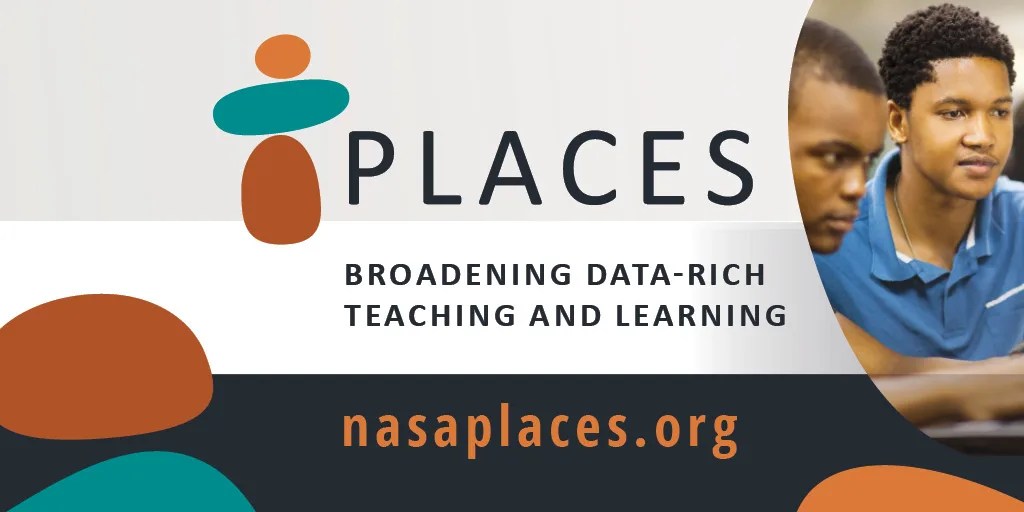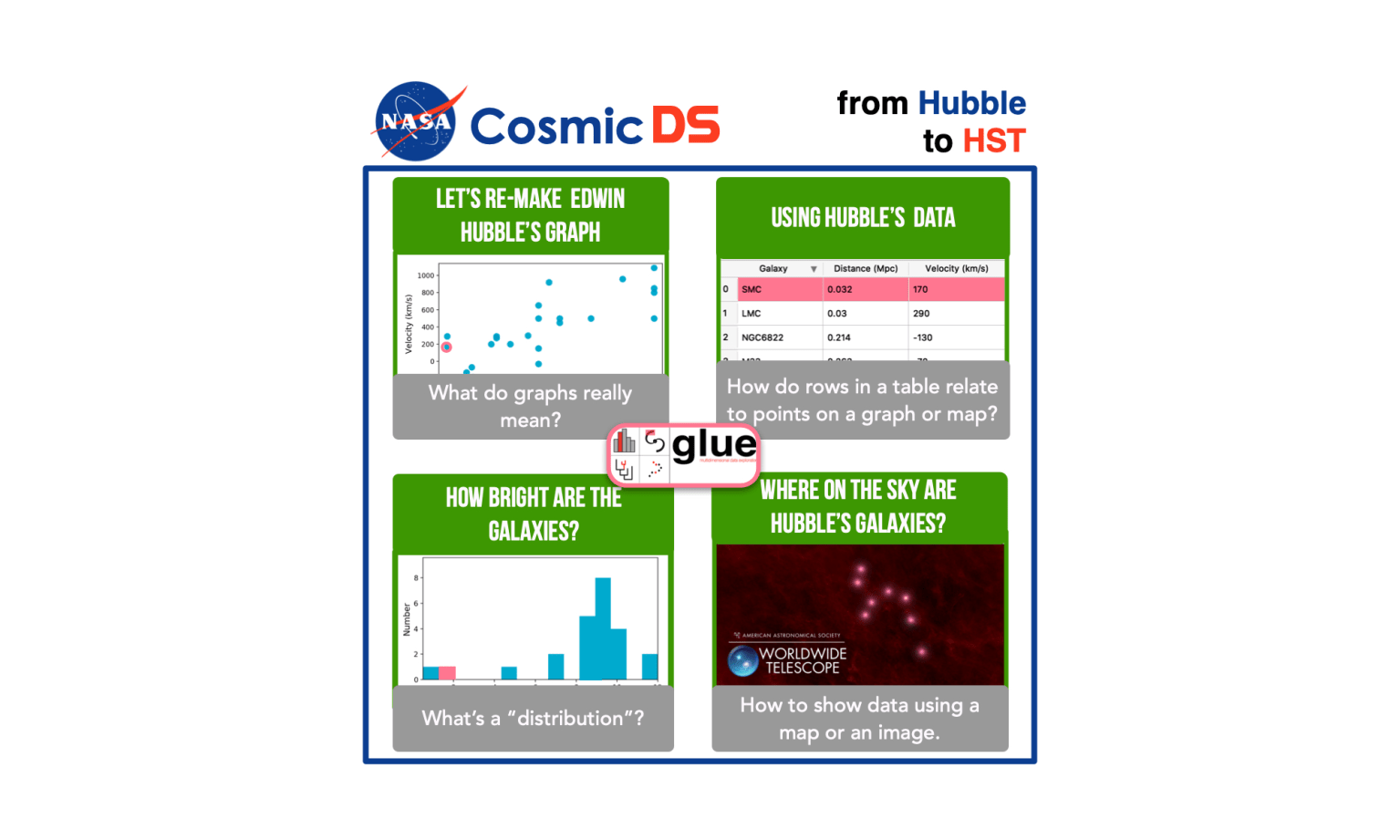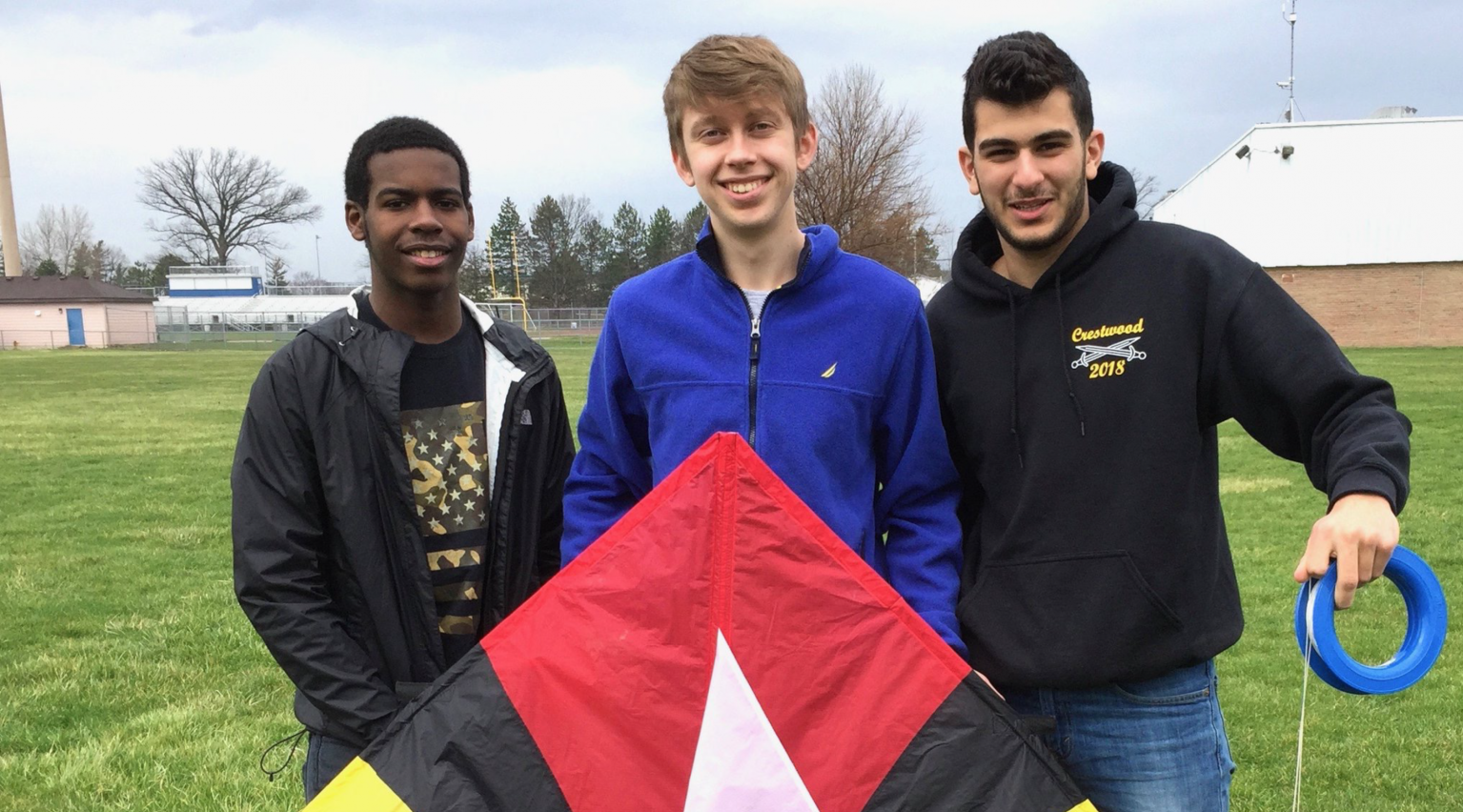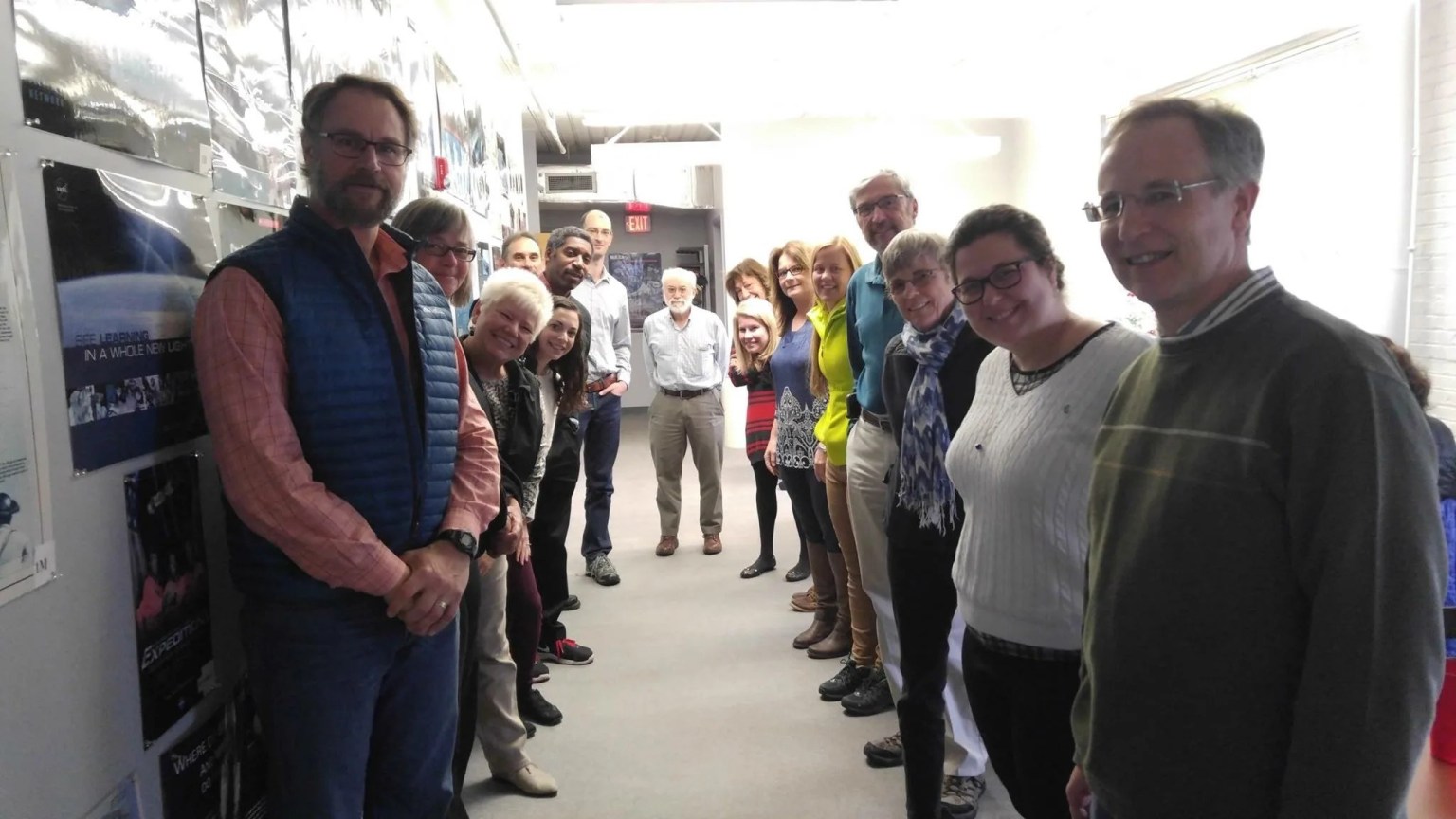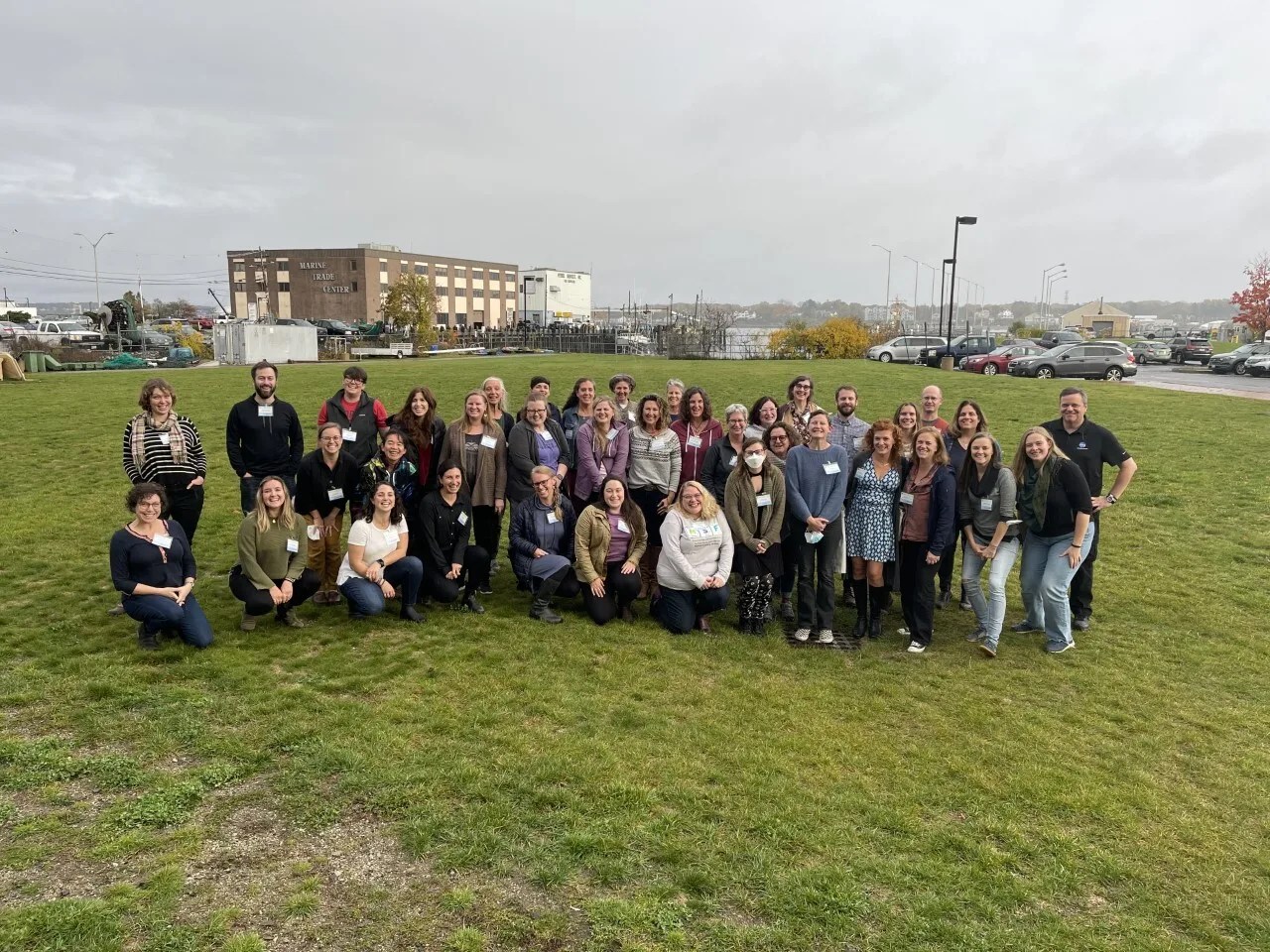PLACES
Helping educators engage students in data-rich, place-based Earth science learning.
Team Mission
Place-Based Learning to Advance Connections, Education, and Stewardship (PLACES) supports middle and high school educators to engage students in data-rich Earth science learning through the integration of NASA data sets, images, classroom lessons, and other assets. This project draws on a place-based approach as a means to increase “data fluency” — the ability and confidence to make sense of and use data. This means knowing when, how, and why to use data for a specific purpose, such as solving problems and communicating ideas grounded in evidence.
“NASA provides an extensive library of assets for educational use, but teachers need better support in order to integrate this data into science learning.”

Kirsten Daehler
Principal Investigator
Project Goals
This project aims to understand what support educators need in order to integrate data and other resources such as NASA assets into science learning, develop nationally-tested professional learning to build educators’ data fluency, increase opportunities for middle and high school students to use data and data tools in their science learning through a place-based approach, and build greater capacity within the NASA Science Activation (SciAct) community and national partners to provide effective professional learning related to data-rich teaching and learning. We further aim to broaden participation of young people who bring a diversity of cultures, languages, and meanings of “place” to their understanding of science, including students who are underrepresented in STEM, such as indigenous youth.
Project Components
To accomplish these goals, the project will draw on: (1) Professional learning that stems from two successful models (Making Sense of SCIENCE and Power of Data), showcases the integration of NASA assets into Earth science learning, utilizes a place-based approach that recognizes students’ backgrounds, cultures and prior experiences, and focuses on the contributions and perspectives of diverse communities of underrepresented students. (2) Partnerships that promote an exchange of knowledge and resources, leverage the broader NASA SciAct community, and involve key national networks, such as the North American GLOBE Office.



























